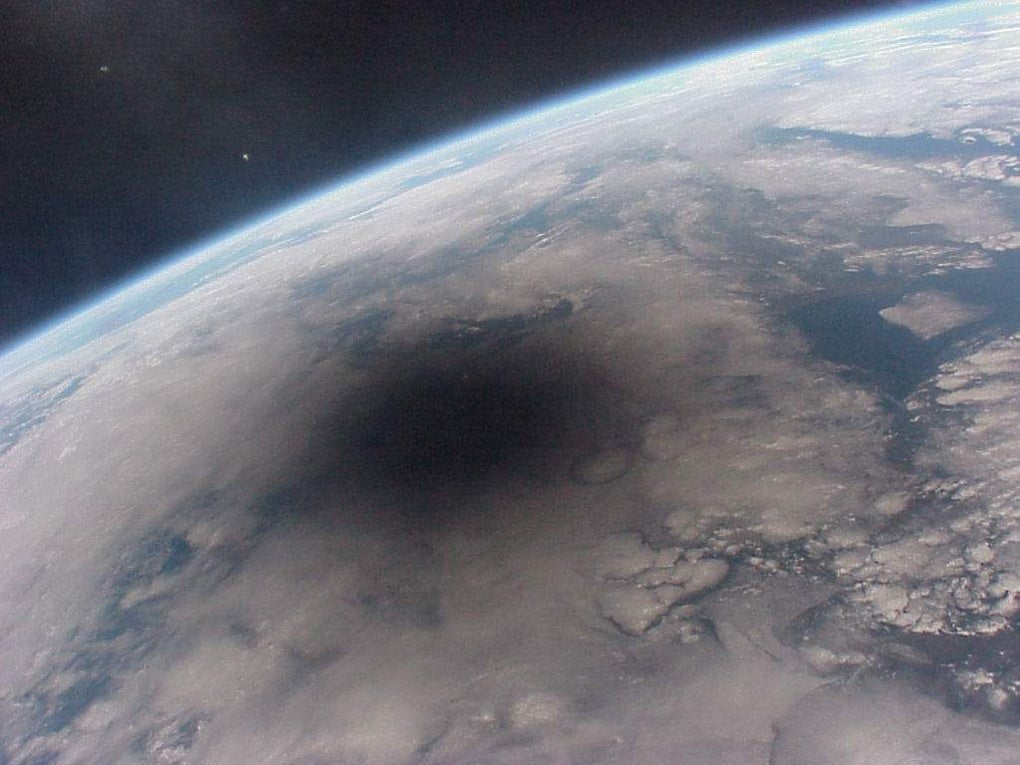Millions of Americans will have a better view of the solar eclipse than astronauts in space
Today is one those rare times when even astronauts would prefer to be on Earth rather than in space. Millions of Americans will get a chance to enjoy a total solar eclipse, but astronauts aboard the International Space Station (ISS) will only be able to catch a partial one.


Today is one those rare times when even astronauts would prefer to be on Earth rather than in space. Millions of Americans will get a chance to enjoy a total solar eclipse, but astronauts aboard the International Space Station (ISS) will only be able to catch a partial one.
According to NASA’s calculations sent to the astronauts, the ISS orbit will pass through the moon’s shadow three times. The astronauts will be able to see the moon cover no more than 86% of the sun in any of those passes.

The astronauts have been briefed about which windows to look through to see the moon’s shadow on Earth and the moon covering up the sun. An image from the 1999 solar eclipse seen from the Mir space station may give you an idea of what the astronauts are likely to see on Earth during the event:

And there’s more upside for humans on Earth. During a brief window of time in Wyoming, spectators will be able to stand and watch the ISS transit over the partially eclipsed sun, followed by a total solar eclipse later.